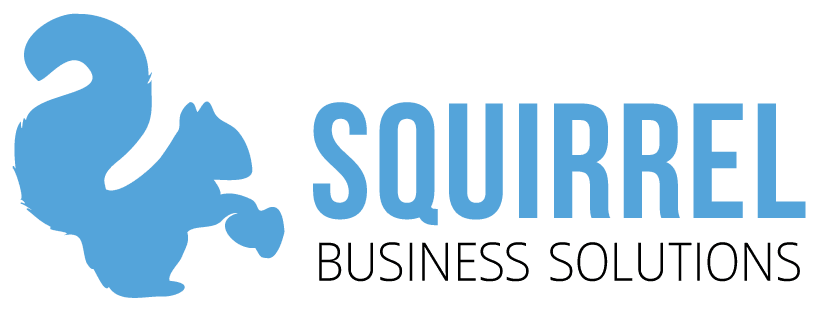I was recently invited to co-host a breakfast event. Considering that I break out in a rash at the very thought of public speaking, my first instinct was to decline. I also wondered if I had time to plan the event, prepare my talk and invite guests personally. And yet I agreed.
Why? Because, simply put, it would be good for business; the numbers added up. A quick look at Zoho Reports told me that as a direct result of a presentation I’d given at a similar event six months previously, I’d acquired 11 new leads and won three jobs totalling close to $19,000.
What does ‘cost per lead’ mean?
Using the same information, I could also calculate the cost of acquiring each of those leads. Cost per lead (CPL) is one  of the most important metrics to track in any business. We define this as the amount you pay to acquire a single inbound marketing lead. We usually calculate it on a yearly basis and per marketing activity we run – for example, an in-house workshop, an email marketing campaign, a networking membership or a trade show we participate in.
of the most important metrics to track in any business. We define this as the amount you pay to acquire a single inbound marketing lead. We usually calculate it on a yearly basis and per marketing activity we run – for example, an in-house workshop, an email marketing campaign, a networking membership or a trade show we participate in.
The calculation is simple: CPL = Marketing Spend/Total New Leads
In the above example, my marketing spend was $2,000 and the number of new leads was eleven, which gave me a CPL of $181.
Why is CPL important?
Knowing your CPL isn’t just a way to justify the results of a particular campaign. This metric goes a long way towards helping you understand what is or isn’t working in your marketing. By tracking the number of leads created and what you’re spending on each lead, you can start to understand how effective that campaign or activity is, and compare it with other campaigns or activities.
Couple that with knowing the average dollar spend or revenue per lead for sales from every campaign, and you’re armed with metrics to make more informed decisions about the types of activities that will be most profitable for your business, and reinvest your marketing dollars accordingly.
Tracking your cost per lead and other metrics with your CRM
Now I could have worked out my CPL and average dollar spend manually, but gathering the figures is very time consuming and I may not have done so had I not already had all the information I needed conveniently stored in my CRM. Thanks to my CRM and a bit of scripting, I was able to access the relevant data and calculate exactly how valuable the previous event had been, and use that information to decide where to allocate resources in future.
There’s a lot going on in your business too: marketing, service delivery, relationship management and more. It’s important to focus on the bigger picture and have clarity on what the key drivers of growth are, so you can pull the right levers at the right time. The key is to know which metrics affect the bottom line and make sure you and your team are tracking and reporting on performance. Your CRM can help you do that.
Ask Squirrel
Squirrel Business Solutions specialises in finding the right system for a business, and then getting you set up, trained and up and running as quickly and as seamlessly as possible. If you want help finding the right systems for your business, book a free consult today.

